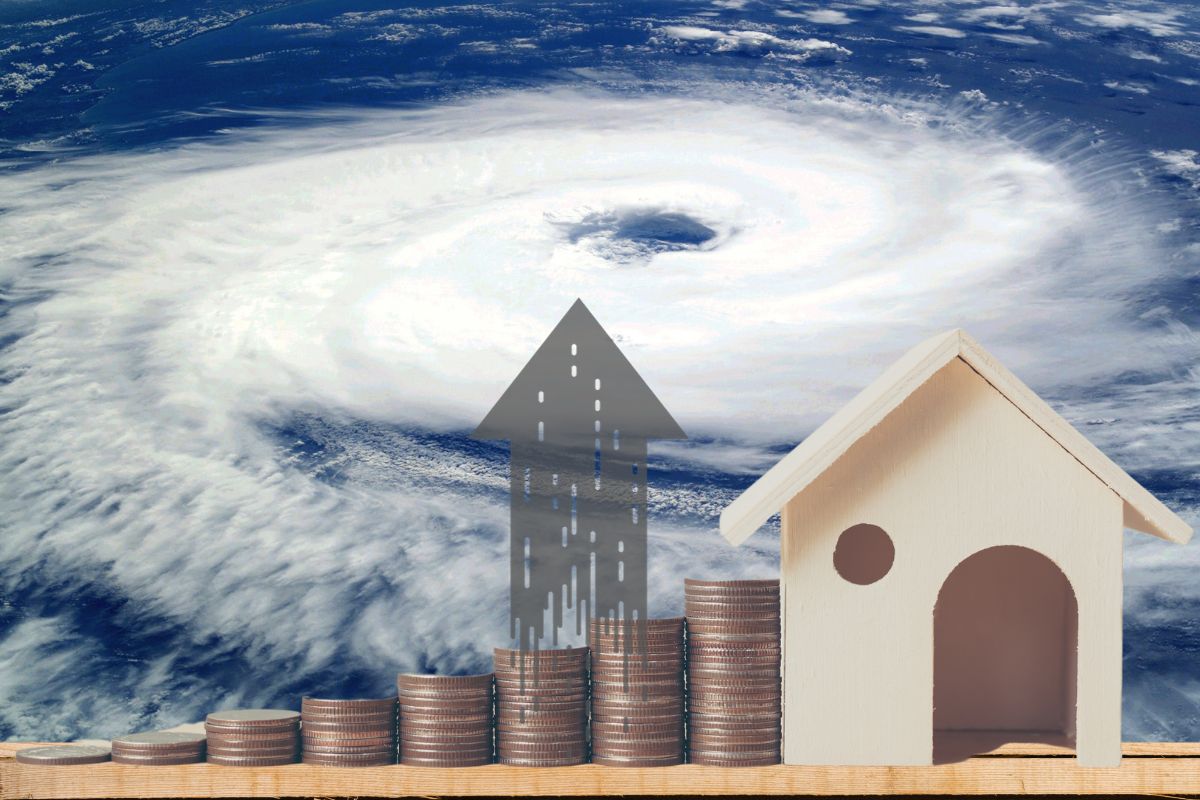Insurers are leaving or reducing their selling activities in states where severe storms are common.
Though Florida has been the state most commonly in the spotlight as its insurance rates skyrocket due to the increasing risk and cost associated with the rising frequency and severity of hurricanes, other states affected by these storms are also experiencing climbing premiums.
Climate change has been raising the risk of hurricane damage while inflation drives up repair costs.
This means that while property owners continue to face rising expenses for everyday products and services, those in hurricane-prone states are also watching their insurance rates rise very quickly. This is making it increasingly difficult to be able to continue to afford coverage. While not every state has been riding the line on the edge of a crisis like Florida, the prices are still making things highly challenging for property owners.

Another example of a state struggling with this impact of climate change is Louisiana. Policyholders have been watching that state’s home and auto policies, among others getting much higher in recent years. That said, insurers state that they are forced to implement these increasing insurance rates due to the rising costs associated with those risks.
According to Swiss Re estimates, the annual inflation-adjusted covered losses associated with natural disasters in Florida alone have exceeded $100 billion per year five times since 1970. Furthermore, three of those five instances have occurred within the last six years, according to a September report issued by Moody’s. Clearly, coverage is becoming more expensive to provide, particularly in recent years.
Setting insurance rates based on predictions regarding the impact of climate change presents a challenge.
Though it is obvious that insurers are facing increasing risk in terms of higher expenses, climate change is new and models for predicting future risk are promising but unproven. Therefore, being able to calculate a homeowner’s premiums based on these new models comes with some controversy.
Still, many states are permitting insurers to move forward with the use of these models in the hopes of discouraging them from leaving their states altogether out of an inability to adjust for a future that no longer fits within historically used equations.


